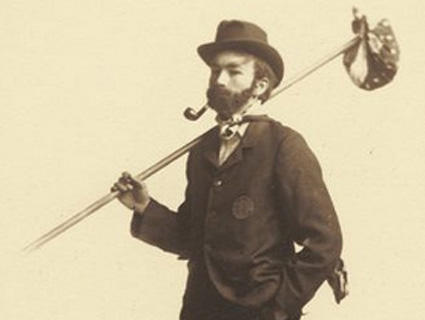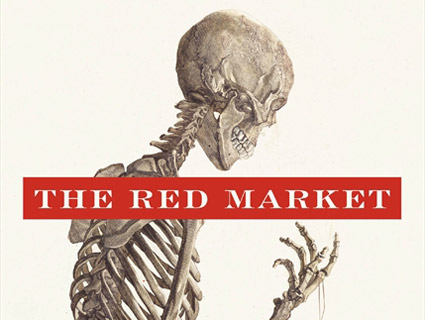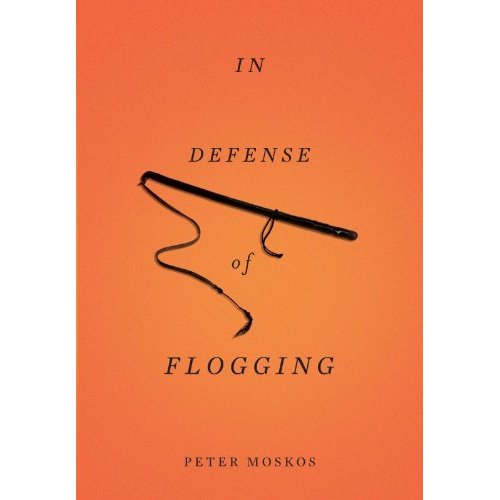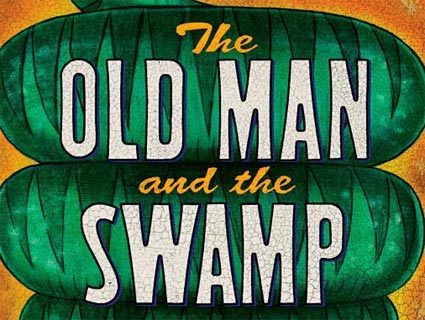
<a href="http://www.flickr.com/photos/whsimages/4322950648/">Wisconsin Historical Images</a>/Flickr
The Hobo Handbook: A Field Guide to Living By Your Own Rules
Josh Mack
The job market is dismal, the economy is stagnant—seems like as good a time as any to chuck off “real-world” constraints and…become a hobo? Ridin’ the rails, livin’ on a prayer, flyin’ by the seat of your only pair of pants. “That’s the life for me!” (some of) you are thinking.
Josh Mack’s new book, The Hobo Handbook: A Field Guide to Living By Your Own Rules, might give you pause. Don’t get me wrong, it’s a great read—quick, entertaining, and full of sage advice. It just dutifully points out what every wannabe hobo needs to know: It ain’t easy.
“Unless your life has been pretty traumatic already, you can’t imagine how miserable you can be alone outside on a dark, rainy night,” says Mack—a traveler, carpenter, and family man, among other things—via phone. “That whole romantic notion disappears.” (Note: Hobo-ing is not to be confused with idle homelessness, perpetual drunkenness, or being a “bum.” Hobos travel by choice. Also, they still exist).
If I’ve scared you off already, come back! The Handbook, which came out yesterday, is here to help. Starting off with his “Hobo Aptitude Test,” Mack combines research with firsthand experience to give readers an explicit how-to on what to put on (lightweight, fast-drying underwear), what to eat (recipes for things like Dandelion salad; instructions for is-that-road-kill-fresh-ish? analysis), what to bring (as little as possible), how to get around (trains are good, although dodging security is a lot harder now than it was back in the day).
One of The Hobo Handbook’s most valuable offerings is its sprinkling of hobo history. Mack includes a glossary of the symbols old-school hobos drew for each other on the sides of houses, with meanings like “a dishonest person lives here” or “don’t go this way,” and a tutorial on hobo lingo that goes far beyond “bindle.” He also folds in vignettes of famous folks who hobo-ed when they weren’t busy making a name for themselves, including Merle Haggard, Jack Kerouac, and Jack London.
Once you decide you’re okay with a little downtime and more than a little discomfort, the hobo lifestyle can be an adventure that defies brick-and-mortar standards of traditional living. Exhilarating brushes with the law, run-ins with characters that would never set foot in a cube farm, and moments of Kerouac-ian tranquility will all be yours.
And Mack never suggests that today’s hobos should abandon the comforts of modern living entirely. In fact, he outright endorses the use of laptops and wireless internet to blog and pay bills online. “This lifestyle ties into creating your own ideal within a culture and using your own ingenuity,” says Mack. “I think people really embrace it—all they need is a laptop. What do you get even in the mail these days? There’s no real reason to stay at home.”















